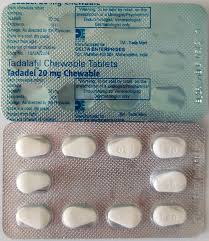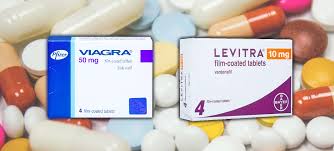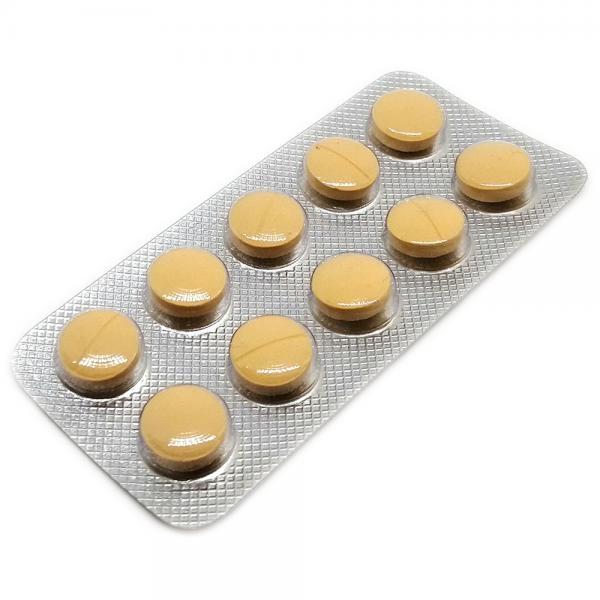Understanding Antimykitiaska A Comprehensive Guide
Diese besten Erreichbar Spielsaal unter einsatz von Lastschrift: Begleichen as part of novoline dolphins pearl kostenlos spielen Österreich
آوریل 12, 2025Como a desuniao dentrode encanto romantica esse sexual?
آوریل 12, 2025
Understanding Antimykitiaska: A Comprehensive Guide
Antimykitiaska refers to antifungal treatments that play a crucial role in managing various fungal infections affecting humans. These treatments are vital for individuals suffering from conditions ranging from superficial skin infections to life-threatening systemic infections. To explore more about the specific types of treatments and their applications, you can visit Antimykitiaska https://farmakeioorama.gr/antimykitiaska/.
What are Antimykitiaska?
Antimykitiaska are medications specifically designed to combat fungal infections. These infections can occur in various parts of the body, including the skin, nails, mouth, and lungs. Fungal pathogens are often resilient and can lead to chronic conditions if not addressed appropriately. Understanding how antimykitiaska work is essential for effective treatment.
Types of Fungal Infections
There are several types of fungal infections that antimykitiaska can treat:

- Superficial Fungal Infections: These include conditions like athlete’s foot, ringworm, and yeast infections. They typically affect the outer layers of skin and are often easily treatable.
- Subcutaneous Fungal Infections: These are more serious infections that penetrate deeper into the skin, potentially affecting underlying tissues.
- Systemic Fungal Infections: These infections can spread throughout the body and often affect individuals with weakened immune systems. Examples include candidiasis and aspergillosis.
How Antimykitiaska Work
Antimykitiaska function by targeting specific components of fungal cells. Unlike bacterial infections, fungi have a unique cell structure and metabolic pathways. Here’s how different classes of antifungal medications work:
- Inhibitors of Cell Wall Synthesis: Some antifungals, such as echinocandins, disrupt the synthesis of glucan, an essential component of the fungal cell wall. This leads to cell lysis and death.
- Inhibitors of Nucleic Acid Synthesis: Medications like flucytosine inhibit the synthesis of RNA and DNA in fungi, preventing their growth and reproduction.
- Ergosterol Inhibitors: Azoles and polyenes target ergosterol, a crucial part of the fungal cell membrane, impairing its integrity and function.
Common Antimykitiaska Medications
There are various classes of antimykitiaska, each with specific uses and mechanisms:
- Azoles: This class includes fluconazole and itraconazole, which are effective against various fungal infections. They work by inhibiting the synthesis of ergosterol.
- Allylamines: Terbinafine is a well-known allylamine used mainly for skin and nail infections. It interferes with fungal cell membrane synthesis.
- Echinocandins: Caspofungin and micafungin are examples of echinocandins that treat invasive fungal infections, especially in immunocompromised patients.
- Polyenes: Amphotericin B is a potent antifungal used for severe infections, acting on the cell membrane. However, it can have serious side effects.

Choosing the Right Antimykitiaska
Selecting the appropriate antifungal treatment depends on several factors, including:
- Type of Fungal Infection: The specific fungus causing the infection will often dictate which medication is most effective.
- Patient’s Health Status: Individuals with weakened immune systems or pre-existing health conditions may require more aggressive treatments.
- Drug Resistance: Some fungi have developed resistance to certain antimykitiaska, making it crucial to identify the best treatment through laboratory testing.
Side Effects and Considerations
While antimykitiaska can be highly effective, they also come with potential side effects:
- Gastrointestinal Issues: Nausea, vomiting, and diarrhea are common side effects of oral antifungals.
- Liver Toxicity: Certain antifungals can affect liver function, requiring monitoring of liver enzymes during treatment.
- Allergic Reactions: Some individuals may experience allergic reactions, leading to skin rash or other symptoms.
Conclusion
The importance of antimykitiaska in treating fungal infections cannot be overstated. As we understand more about these pathogens and the various treatment options, healthcare providers can better manage and treat these infections. Early diagnosis and appropriate therapy are crucial in preventing complications associated with fungal illnesses. If you suspect a fungal infection, consult a healthcare professional for diagnosis and treatment options.
